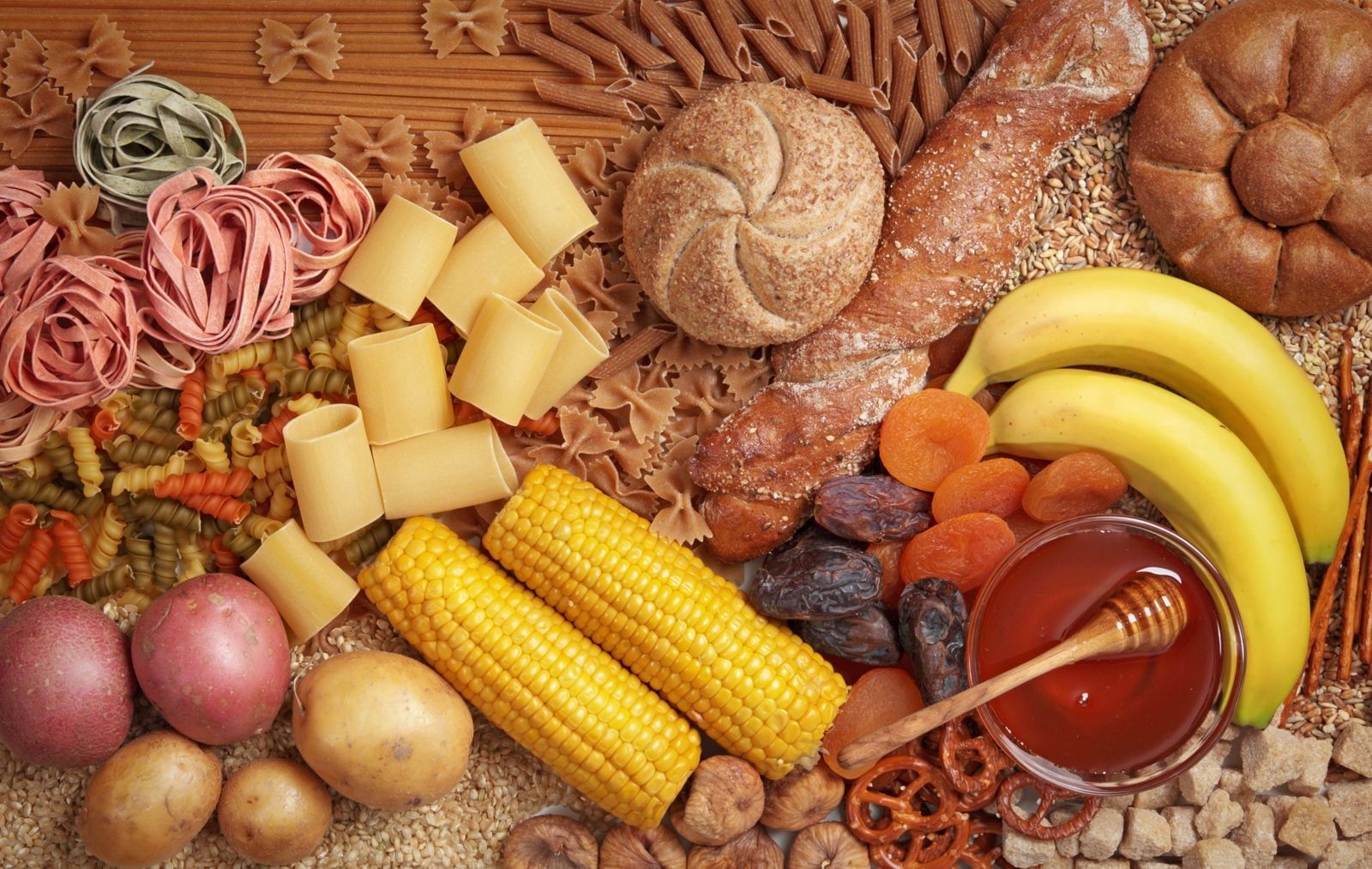Class 7 Science Chapter 6 Question Answers - Respiration in Organisms
Q1: Name a single-celled fungus that respires anaerobically to produce alcohol.
Ans : Yeast
Q2: Bacteria and fungi can respire ___________________.
Ans : Anaerobically
Q3: What is the percentage of carbon dioxide in inhaled air?
Ans: 0.04%
Q4: What is anaerobic respiration?
Ans : The respiration which takes place in the absence of oxygen is called anaerobic respiration.
Q5: What is the normal range of breathing rate per minute in an adult person?
Ans : The normal breathing rate for an average adult at rest is typically between 15 and 18 breaths per minute.
Q6: During heavy exercise we get cramps in the legs due to the accumulation of ______________
Ans : Lactic acid
Q7: What is respiration?
Ans : The process of oxidation of food to release energy from absorb food in living cells is called respiration.
Q8: In cockroach air enters the body through_________________.
Ans : Air enters a cockroach's body through small openings called spiracles.
Q9: What will be the direction of diaphragm as we breathe in, and ribs move up or expand?
Ans : The direction of the diaphragm is upwards and ribs move up.
Q10: Where is the diaphragm located in the human body?
Ans : Below the lungs.
Q11: Each bronchus enters the lungs and divides into small tubes bronchioles which end up in air sacs called alveoli. True/ False.
Ans : True
Q12: The walls of alveoli are supplied with thin blood vessels called________
Ans : Capillaries
Q13: Name the respiratory organ of frogs.
Ans : Skin and lungs
Q14: Name the respiratory organ of earthworms.
Ans : Moist skin
Q15: How does the exchange of gases take place in insects?
Ans : The exchange of gases takes place in insects through spiracles in the trachea.
Q16: Gills in fishes are well supplied with blood vessels for the exchange of gases. True/ False.
Ans : True
Q17: Name the respiratory organ of birds.
Ans : Lungs.
Q18: Name the tiny pores present in the leaves of the plants for exchange of gases.
Ans : Stomata.
Q19: What is the end product of anaerobic respiration?
Ans : C02, alcohol and energy.
Q20: Name the chemical used to test the presence of CO2 in exhaled air.
Ans : Lime water
Q21: Yeast respire anaerobically to produce_____________.
Ans : Alcohol
Q22: Chest cavity is surrounded by _____________ of ribs.
Ans : 12 pairs
Q23: State the name of wind pipe.
Ans : Trachea
Q24: Spiracle is the muscular sheet that separates the abdomen from the chest cavity. True/ False.
Ans : False
Q25: What is the percentage of oxygen in the inhaled air?
Ans : 21%
Q26: Breathing is a part of ________
Ans : Respiration.
Q27: What is the site of cellular respiration?
Ans : Mitochondria
Q28: Lenticels are present in which plant part for breathing
i. Root
ii. Stem
iii. Leaves
iv. None of these.
Ans : ii. Stem
Q29: During heavy exercise the breathing rate of a person slows down. True/ False.
Ans : False
Q30: The size of the chest cavity increases during inhalation. True/ False.
Ans : True
Q31: Which of the two is usually oxidised during respiration? Carbohydrate or fats.
Ans : Carbohydrate.
Q32: Which product in formed after anaerobic respiration in calf muscles?
Ans : Lactic acid
Q33: What is your breathing rate?
Ans : The number of times a person breathes in a minute is termed as the breathing rate.
Q34: Ravi is sleeping; his rate of breathing will be slow or higher?
Ans : Rate of breathing will be slow.
Q35: Swati is doing exercise; her rate of breathing will be slow or higher?
Ans : Higher
|
112 videos|286 docs|28 tests
|
FAQs on Class 7 Science Chapter 6 Question Answers - Respiration in Organisms
| 1. What is respiration in organisms? |  |
| 2. What are the types of respiration? |  |
| 3. How do plants perform respiration? |  |
| 4. What is the significance of respiration in living organisms? |  |
| 5. How does respiration differ from breathing? |  |






















